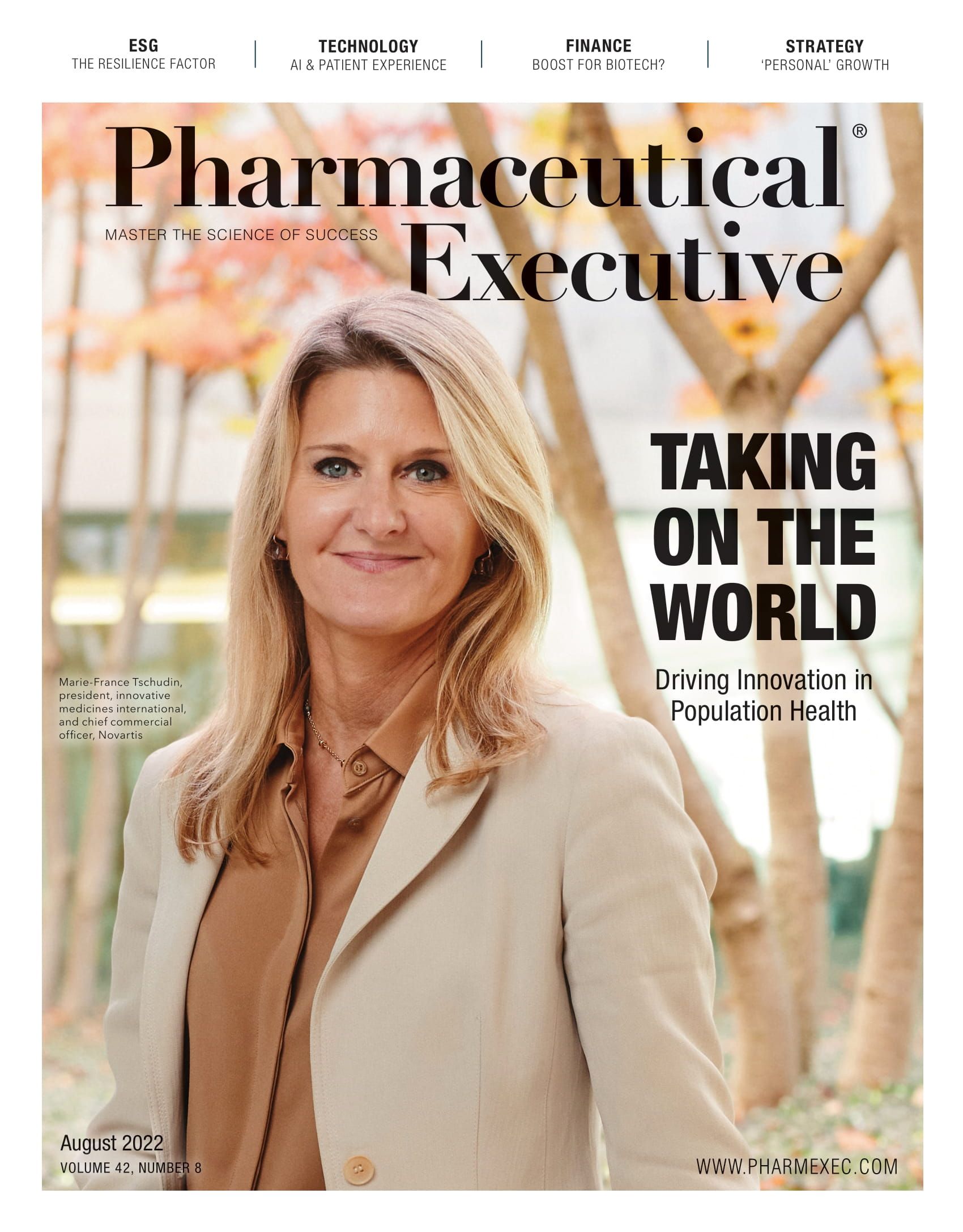Optimism Abounds On New EU Blood And Tissue Rules
Proposed SoHO reform elicits wide support, but risks acknowledged.
The publication of proposals for new European Union rules on the use of substances of human origin (SoHO) has elicited largely positive responses from industry—so far. But it is early days yet. The draft text, released in mid-July, will now enter that curious black box that is the EU’s legislative machinery, and exactly when and how it emerges is, at the moment, anyone’s guess. What can be said at this stage is that there is wide relief right across the healthcare community in Europe that these proposals allow the chance of at last dragging the current legal framework—created in the hugely different scientific and technological circumstances of 20 years ago—kicking and screaming into the second quarter of the 21st century (which it will be by the time any new rule proposed comes into force).
Expectations are high—and diverse. The scope of the products covered by the legislation is wide, from blood transfusions to plasma collection, from IVF to plasma-derived medicines (PDMPs) and to transplants of bone marrow or stem cells or corneas, and extending as far as breast milk and fecal microbiota. The proposed new rules imply big changes for companies working on advanced therapy medicinal products (ATMPs) and on PDMPs—and are accordingly provoking anxieties as well as hopes, not least because an EU-wide authorization procedure is foreseen, with upfront risk assessment and clinical outcome data collection requirements. Even if the proposals insist these requirements will be “proportionate to the identified risks,” these are the sort of suggestions that cause company bosses to lose sleep over yet another round of new regulation.
EuropaBio, representing many European biotech companies, welcomed the proposal as an avenue that can support the growth of ATMPs and allow Europe “to ensure it reclaims its title as a global leader in ATMP innovation.” According to Claire Skentelbery, its director general, “establishing a predictable, future-proof, and fair SoHO framework is critical for the sector, as requirements for donation, procurement, and testing apply to blood, tissues, and cells used in the production of ATMPs.”
The European Confederation of Pharmaceutical Entrepreneurs (EUCOPE), with many member companies involved in ATMP development, was also glad to see the proposal emerge. But its early reaction highlighted concerns over the risk that the new rules could unhelpfully spill over into regulation of ATMPs, where, for instance, borderline issues frequently emerge when blood cells are used as starting materials for ATMP manufacture. “As starting material for ATMPs, maintaining the clear classification between blood, tissues and cells, and ATMPs is crucial to provide clarity and appropriate regulatory standards when developing these transformative treatments,” said EUCOPE. And in a clear hint of more reserved position, it added: “We will stay active around the new SoHO regulation discussion.”
The industry-backed European Alliance for Transformative Therapies (TRANSFORM) says it expects the outcome “to reflect exigence of high quality standards,” and, like EUCOPE, insists on retaining a clear distinction between advanced therapies and blood, tissues, and cells.The US-based Alliance for Regenerative Medicine greeted the proposal as holding “the promise of improving patient safety while establishing greater legal and regulatory certainty for patients and developers”—again with an emphasis on maintaining “clear regulatory distinctions between starting materials and ATMPs.” The EU’s ATMP classification “has established the region as a global leader in the regulation of cell and gene therapies,” it says—urging that determining the classification of “borderline” cases between SoHOs and ATMPs should be based on the advice of the European Medicines Agency.
Another industry grouping engaged in PDMPs also took a conspicuously conditional stance on the proposals. The Plasma Protein Therapeutics Association said it “welcomes positive developments” but “regrets missed opportunities” to support both donors and patients. In particular, it fears not enough will be done to increase supplies of the plasma at the heart of the crucial and often irreplaceable rare disease treatments its members manufacture.
The declared aims of the EU’s proposal are to increase the safety and quality of the processes in which these substances are donated and used, and to boost their supply and to ease their availability. The EU says it wants to offer “support for innovation.” But how far any such support will turn out to be balanced with new obstacles is what is behind the industry caution.
Reflector is Pharmaceutical Executive’s correspondent in Brussels

Navigating Distrust: Pharma in the Age of Social Media
February 18th 2025Ian Baer, Founder and CEO of Sooth, discusses how the growing distrust in social media will impact industry marketing strategies and the relationships between pharmaceutical companies and the patients they aim to serve. He also explains dark social, how to combat misinformation, closing the trust gap, and more.